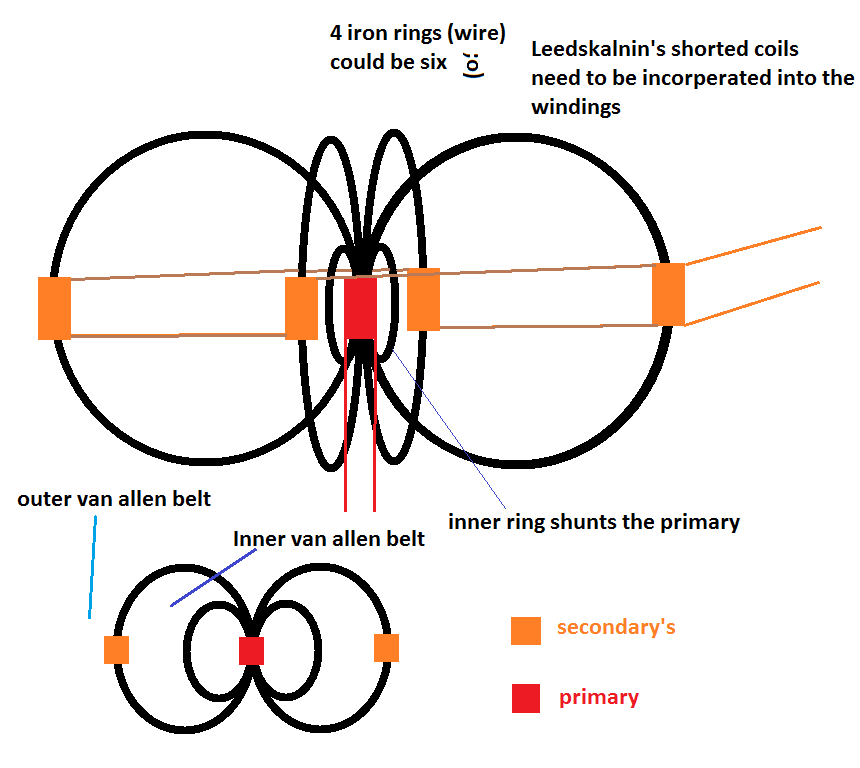Originally posted by MorepowerIgor
View Post
that is the purpose of these experiments

and the fact that the output at resonance can be significantly improved with this duplicate secondary, instead of stiffled, then it is very odd yet good behaviour for a transformer.
generally if you draw more from your secondary, the current on the primary should increase in order to maintain the voltage across the load while fighting Bemf
(which is what causes the current increase)
Great ideas about the joule thief and ringer, totally agree!
So... in this case of the Bitoroid, if current Drops, under load...while maintaining good voltage across the load...
... then the Precise opposite is happening than described above







Comment